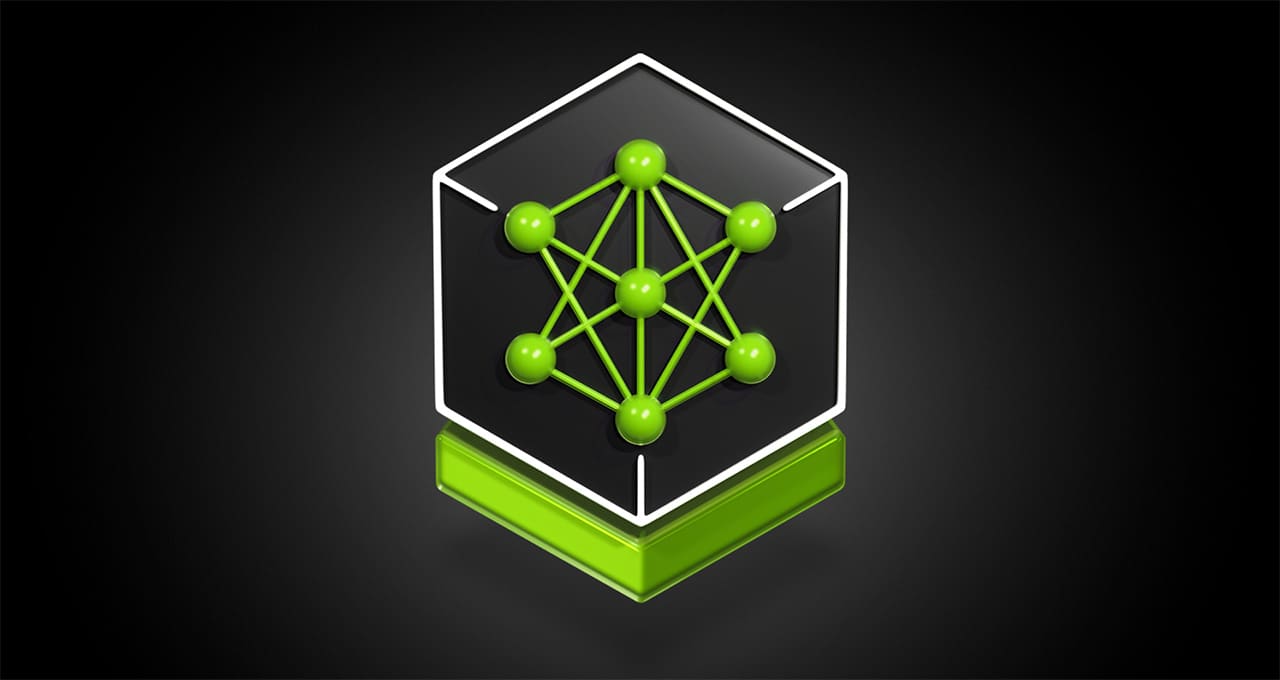NVIDIA’s Mistral-NeMo-Minitron 8B: Compact and Accurate Language Model for Generative AI
Introduction
In the realm of generative artificial intelligence (AI), developers often encounter a tradeoff between the size of a model and its accuracy. Larger models generally provide higher accuracy but require substantial computational resources, which can be prohibitive for many organizations. However, NVIDIA has recently introduced a new language model that offers a remarkable balance between size and accuracy. This model, named Mistral-NeMo-Minitron 8B, is a smaller, more efficient version of the already impressive Mistral NeMo 12B and brings high accuracy in a compact form.
What is Mistral-NeMo-Minitron 8B?
Mistral-NeMo-Minitron 8B is a distilled version of the Mistral NeMo 12B model, developed in collaboration between Mistral AI and NVIDIA. The term "distilled" here means that the model has undergone processes to reduce its size while retaining its core capabilities. This smaller model can run efficiently on workstations powered by NVIDIA RTX, making it accessible for organizations with limited resources.
Key Features and Advantages
- State-of-the-Art Accuracy: Despite its smaller size, Mistral-NeMo-Minitron 8B excels across various benchmarks for AI-driven applications such as chatbots, virtual assistants, content generators, and educational tools.
- Efficiency: The model is optimized to run on NVIDIA RTX-powered workstations, providing a cost-effective and energy-efficient solution. Running models locally also enhances data security by eliminating the need to transfer data to external servers.
- Easy Deployment: Developers can start using Mistral-NeMo-Minitron 8B through NVIDIA NIM microservice, which offers a standard application programming interface (API). The model is also available for download on platforms like Hugging Face.
How the Model Was Developed
The development of Mistral-NeMo-Minitron 8B involved two key AI optimization methods: pruning and distillation.
Pruning: This technique involves trimming down the model by removing weights that contribute the least to its accuracy.
Distillation: Post pruning, the model is retrained on a smaller dataset to regain and even improve its accuracy.
Bryan Catanzaro, Vice President of Applied Deep Learning Research at NVIDIA, explained, “We combined two different AI optimization methods — pruning to shrink Mistral NeMo’s 12 billion parameters into 8 billion, and distillation to improve accuracy. By doing so, Mistral-NeMo-Minitron 8B delivers comparable accuracy to the original model at lower computational cost.”
Real-Time Performance
One of the standout features of Mistral-NeMo-Minitron 8B is its ability to operate in real-time on workstations and laptops. This makes it an ideal choice for organizations looking to implement generative AI across their infrastructure without incurring high costs or compromising on operational efficiency. Moreover, running these models locally on edge devices offers significant security advantages by keeping data in-house.
Getting Started with Mistral-NeMo-Minitron 8B
Developers have several options to start using this model:
- NVIDIA NIM microservice: This offers a standard API for easy integration.
- Hugging Face: The model can be downloaded from this popular platform.
A downloadable version of NVIDIA NIM, deployable on any GPU-accelerated system, will be available soon.
Performance Benchmarks
For its size, Mistral-NeMo-Minitron 8B leads in nine popular benchmarks for language models. These benchmarks encompass a variety of tasks, including:
- Language understanding
- Common sense reasoning
- Mathematical reasoning
- Summarization
- Coding
- Generating truthful answers
Customization with NVIDIA AI Foundry
For developers needing an even smaller version of the model, perhaps for smartphones or embedded devices, NVIDIA AI Foundry provides tools for further pruning and distillation. This platform offers a comprehensive suite for creating customized models, including:
- Popular foundation models
- NVIDIA NeMo platform
- Dedicated capacity on NVIDIA DGX Cloud
- Access to NVIDIA AI Enterprise for security, stability, and support
Pruning and Distillation Explained
The combination of pruning and distillation is crucial for achieving high accuracy in smaller models. Pruning downsizes the neural network by removing less significant weights, and distillation retrains the pruned model to enhance its accuracy. This method saves up to 40 times the computational cost compared to training a smaller model from scratch.
Additional Insights
NVIDIA has also announced another smaller language model, Nemotron-Mini-4B-Instruct. This model is optimized for low memory usage and faster response times, suitable for NVIDIA GeForce RTX AI PCs and laptops. Just like Mistral-NeMo-Minitron 8B, it is available as an NVIDIA NIM microservice for both cloud and on-device deployment. This model is part of NVIDIA ACE, a suite of digital human technologies powered by generative AI.
Conclusion
NVIDIA’s Mistral-NeMo-Minitron 8B represents a significant advancement in the field of generative AI. By combining state-of-the-art accuracy with a compact form factor, this model makes it feasible for more organizations to leverage the power of AI without the prohibitive costs and resource requirements typically associated with larger models. With easy deployment options and the ability to run efficiently on local devices, Mistral-NeMo-Minitron 8B is poised to become a valuable tool for developers and businesses alike.
For those eager to explore this model, it can be experienced through NVIDIA NIM microservices available from a browser or API at ai.nvidia.com. Additional details and technical insights can be found on the NVIDIA Technical Blog and through a technical report.
Good to Know
Understanding the processes of pruning and distillation can significantly impact how efficiently you develop and deploy AI models. Pruning helps in reducing the size of the model, making it more manageable, while distillation ensures that the accuracy is retained or even enhanced. These techniques allow developers to create models that are not only smaller but also faster and more efficient, making them suitable for a wide range of applications.
References
- NVIDIA Technical Blog
- Hugging Face
- NVIDIA NIM
- NVIDIA AI Foundry
- NVIDIA ACE
By leveraging NVIDIA’s innovative technologies, developers can now achieve high efficiency and accuracy in their AI applications without the need for extensive computational resources.
For more Information, Refer to this article.


































![Samsung’s Breakthrough Fuels Progress in Science and Industry: Interview How Samsung’s Engineering Feat Became a Catalyst for Scientific and Industry Advancement [Interview on Real Quantum Dots Part 2.]](https://www.hawkdive.com/media/samsung-tvs-and-displays-samsung-quantum-dots-technology-qled-tvs-quantum-dots-experts-interview-par-218x150.jpeg)